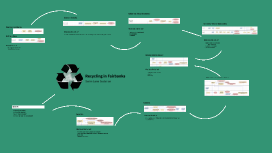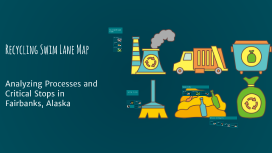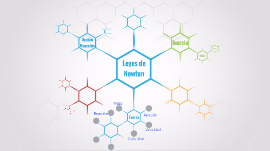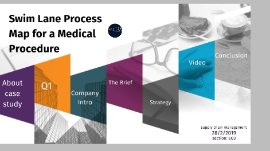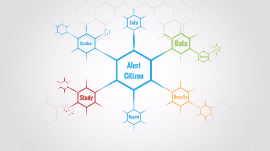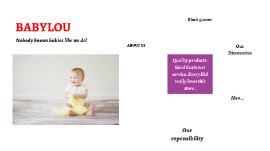Recycling Swim Lane Map
Transcript: Introduction to Recycling in Fairbanks Overview of Recycling Importance Recycling reduces waste in landfills, conserves natural resources, and saves energy. In Fairbanks, effective recycling practices can significantly mitigate environmental degradation, supporting long-term community resilience and sustainability. Environmental Impact The recycling process in Fairbanks helps decrease pollution and greenhouse gas emissions. Recycled materials often require less energy to process than new materials, supporting a healthier ecosystem in Alaska. Community Involvement Community engagement is vital in Fairbanks' recycling efforts. Local initiatives, awareness programs, and collaboration with residents ensure effective participation, enhancing recycling rates and fostering environmental responsibility. Recycling Swim Lane Map Swim Lane Map Overview Role of Swim Lane Maps in Recycling What is Swim Lane Mapping? Key Components of the Swim Lane Map Identifying Critical Stops The purpose of Swim Lane Maps in recycling is to identify and streamline the flow of materials and information. By providing a clear depiction of each step in the recycling process, these maps can highlight inefficiencies, ensuring effective management of resources and better end results. Analyzing Processes and Critical Stops in Fairbanks, Alaska Swim Lane Mapping visually represents processes by dividing tasks into lanes, each corresponding to different stakeholders or stages. This method simplifies complex processes and clarifies responsibilities, enhancing understanding and communication among all participants in the recycling journey. Key components of a Swim Lane Map include lanes for different stakeholders, clear delineation of tasks, and pathways indicating workflow. Incorporating metrics and data can provide insights on performance and processes, allowing for targeted improvements in the recycling system. Bottlenecks in Collection Sorting Challenges Bottlenecks in the collection process, such as inadequate scheduling and insufficient transportation resources, hinder the timely pickup of recyclable materials. Delays can result in contamination and reduced overall recycling rates, limiting the effectiveness of the program. Sorting recyclables accurately remains a challenge due to public confusion regarding recyclable materials. Improper sorting leads to contamination, making entire batches unviable for recycling, thereby increasing landfill waste and operational costs. Community Awareness and Education Processing Capacity Issues Processing facilities in Fairbanks often face capacity constraints, limiting the amount of material they can handle at one time. This can cause backlogs and delay the processing of incoming recyclables, ultimately impacting recycling efficiency. Community awareness of recycling protocols is crucial to success. Educational programs aimed at informing residents about proper recycling practices can significantly reduce contamination rates and improve participation in recycling initiatives. Key Processes in the Recycling System Collection Methods Sorting Procedures In Fairbanks, recycling collection involves curbside pickups, drop-off stations, and community collection events. Utilizing diverse collection methods accommodates residents' varying participation levels and preferences, ensuring more recyclables are captured effectively. Processing Plants Post-collection, recyclables undergo sorting to separate materials into categories such as plastic, glass, and metal. Effective sorting procedures minimize contamination, allowing better processing rates and improving the final quality of recycled materials. Distribution of Recycled Materials Processing plants in Fairbanks convert sorted materials into reusable products through various methods such as shredding, melting, and repurposing. These plants play a vital role in transforming waste into new materials, thus closing the recycling loop. After processing, recycled materials are distributed to manufacturers for reuse in creating new products. This distribution ensures that recycled content reintegrates into the economy, promoting sustainability and reducing the need for virgin materials.






